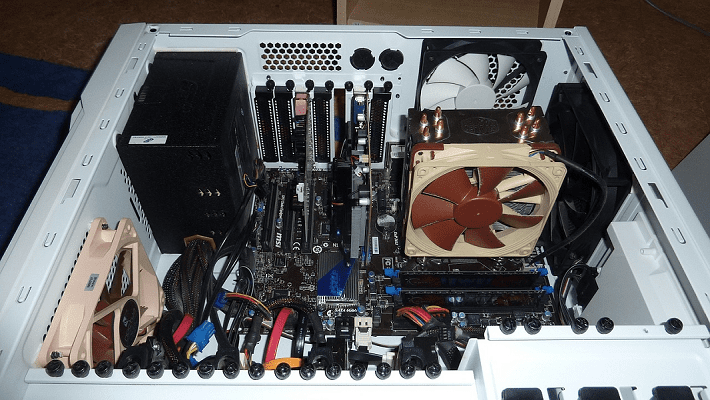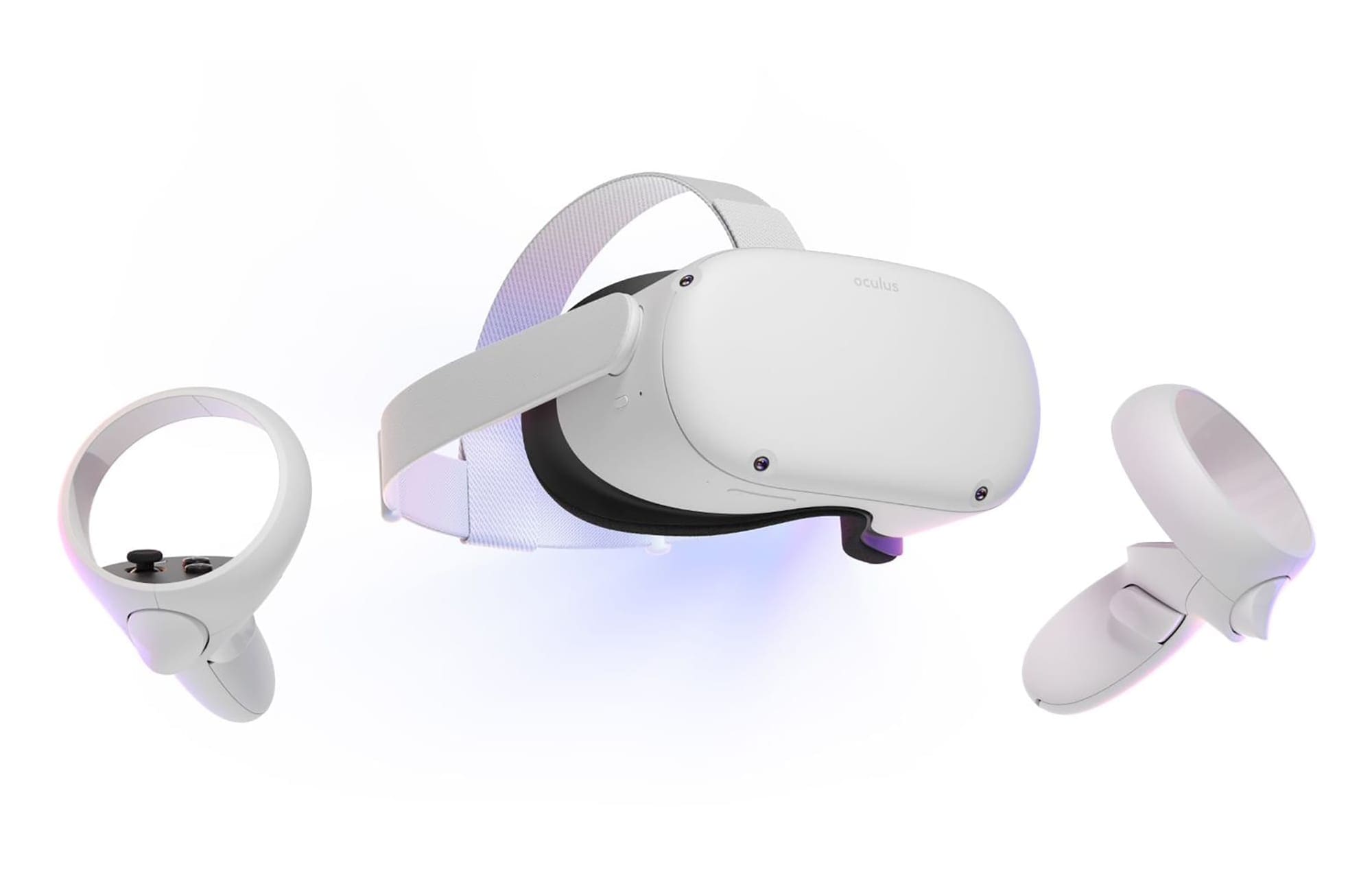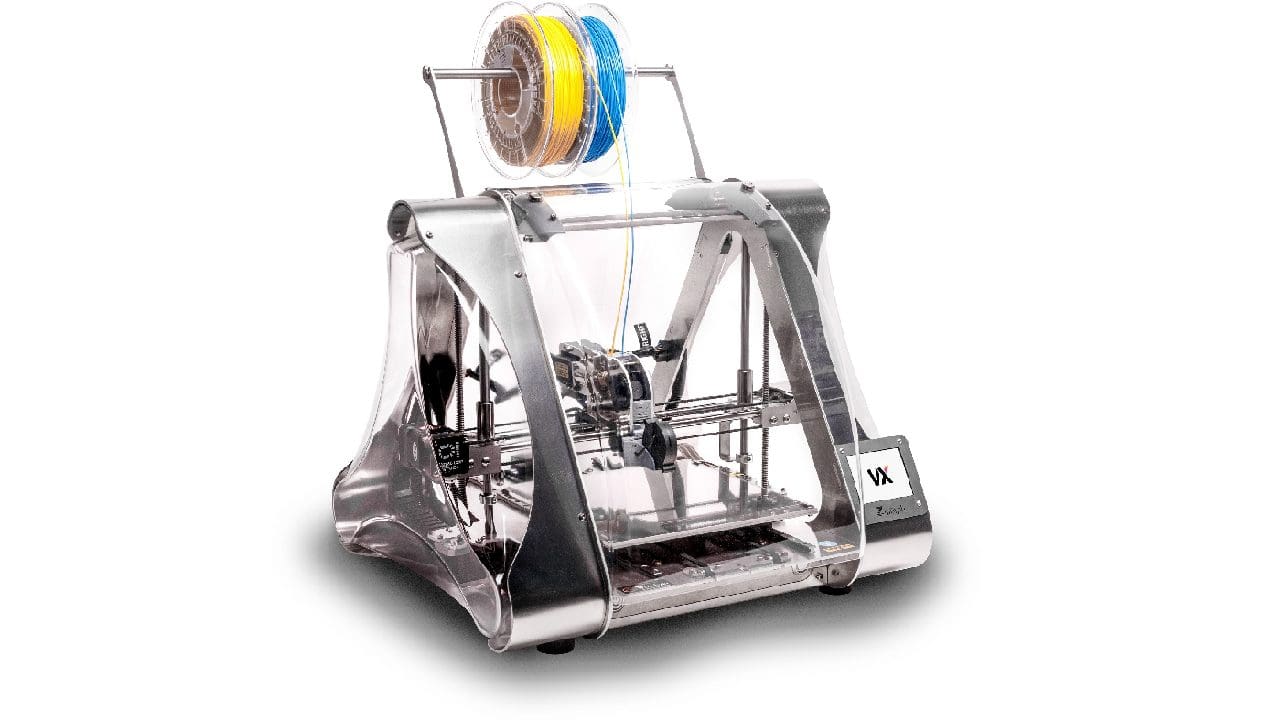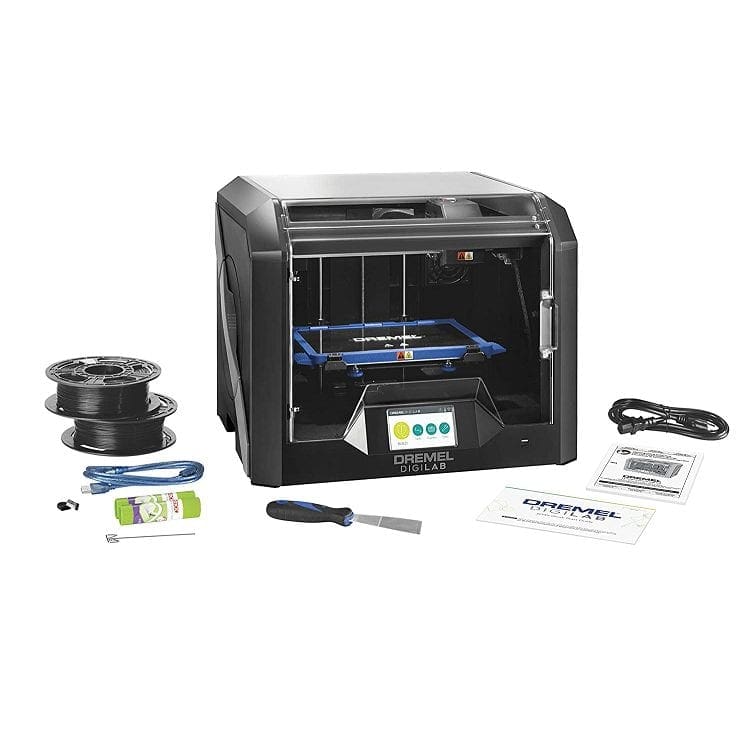Given everything that makes up a computer and everything it can do, you might feel pretty confident about what the term core logic means. It would make sense if it referred to the ALU or Arithmetic Logic Unit within a CPU core, the part that performs what you think of as the processing. You might also be forgiven for assuming that it refers to a core piece of a program. Neither of those is accurate, though. The core logic is a term that refers to motherboard chipsets.
Contents
Core Logic Chipsets
Specifically, the term “core logic chipset” was used when chipsets comprised both a Northbridge and a Southbridge. The term appears to have fallen out of use when the northbridge was integrated into CPU dies. This was in the mid-2000s. There isn’t any concrete documentation on why chipsets were referred to as core logic or why they stopped. One potential reason is that early motherboards had various integrated circuits providing functionality.
As the chipsets got grouped into the northbridge and southbridge, they were core features of the motherboard and computer. They also provide connectivity for other logic processors, such as GPUs. It is, however, quite likely that the term was originally a marketing term that just ended up sticking.
What Do the Northbridge and Southbridge Do?
The northbridge is directly connected to the CPU. It provides connectivity to RAM and other high-speed transport buses such as AGP or PCIe. The southbridge is connected to the northbridge and provides lower-speed connectivity such as SATA and USB.
The northbridge was primarily designed for high-speed data transmissions. As such, it had an outsize influence on the computer’s overall performance. A high-end CPU could often be hamstrung by a low-end chipset providing sub-optimal RAM bandwidth. Likewise, the gaming performance of a high-end GPU could be limited by poor connectivity.
With southbridge providing support for slower transmission busses, it can be easy to consider it unimportant. In reality, though, it determines what peripherals are supported. A cheap southbridge might skip the latest USB standard limiting bandwidth in a way that negatively affects your experience.
Modern Motherboards
Of course, neither the northbridge nor the southbridge exists now in modern hardware. The CPU itself relatively quickly absorbed northbridge’s functionality in the 2000s. This came about because the on-die interconnect of the CPU is significantly faster than any connection to the northbridge could have been. This integration resulted in an instant performance boost, especially for the RAM speeds. Another advantage is that the high-speed connectivity that gave the northbridge its outsized performance impact could be precisely tuned to the position of the CPU in the range, simplifying purchases for consumers.
The modern southbridge is generally referred to as the chipset, though both Intel and AMD have brand names that consumers tend not to use. It is now connected to the CPU directly. It still manages much of the lower-speed connectivity on the motherboard. Some of that, however, is being integrated into CPUs. Some relatively recent CPU models include USB connectivity directly from the CPU, skipping the chipset.
With the advent of chipset-based CPUs and more complex CPU packaging options, it is probably more likely than not that the chipset will – in time – be integrated into the CPU. This will likely increase CPU costs and the size of CPU ranges, but it should help reduce the costs of motherboards, especially high-end ones.
Interestingly, the term “core logic chipset” appears to have died out as the northbridge was being integrated into the CPU. Once again, it’s unclear exactly why this is the case. It may be because of the different brand names for computer chipsets. It may also have been tech writers, documentation, and the general public, collectively deciding to simplify the term to “chipset.”
Conclusion
The core logic is a term that refers to motherboard chipsets. Specifically, the term was used about chipsets featuring a distinct northbridge and southbridge. With the integration of the northbridge into the CPU in the mid-2000s, the term fell into disuse, being simplified to just “chipset” from “core logic chipset.”




